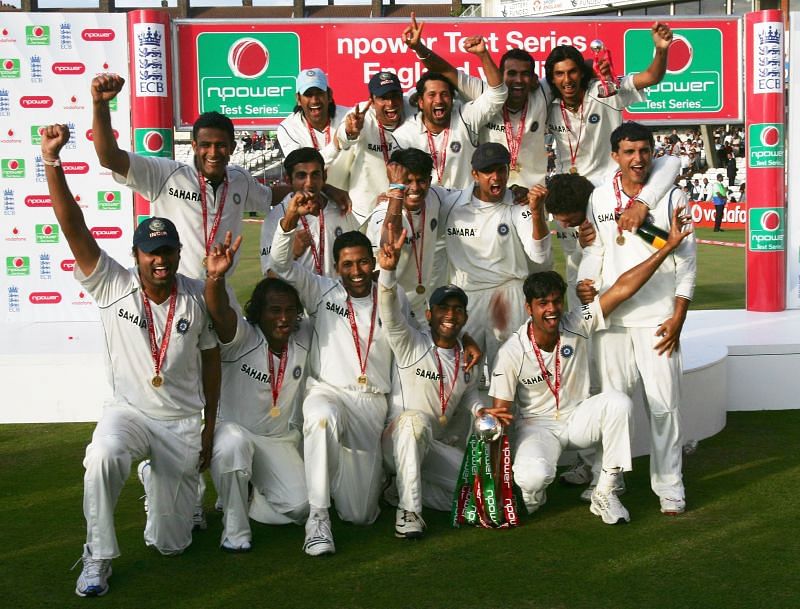
The summer of 2007: Story of India's tour of England
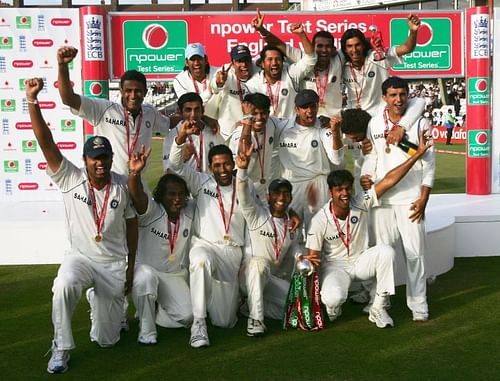
India's ignominious exit in the group stages of the 2007 ICC Men's Cricket World Cup saw the end of Greg Chappell's controversial tenure. Such was the disastrous campaign that questions were raised over the commitment of the players.
Consequent of the early exit, the side saw an overhaul of sorts. Seniors like Ajit Agarkar, Irfan Pathan, Virender Sehwag and Harbhajan Singh were no longer deemed irreplaceable and were dropped for the Pataudi Trophy in England.
Following the World Cup, India toured with a decent mix of young and experienced players. However, there were a few issues at hand.
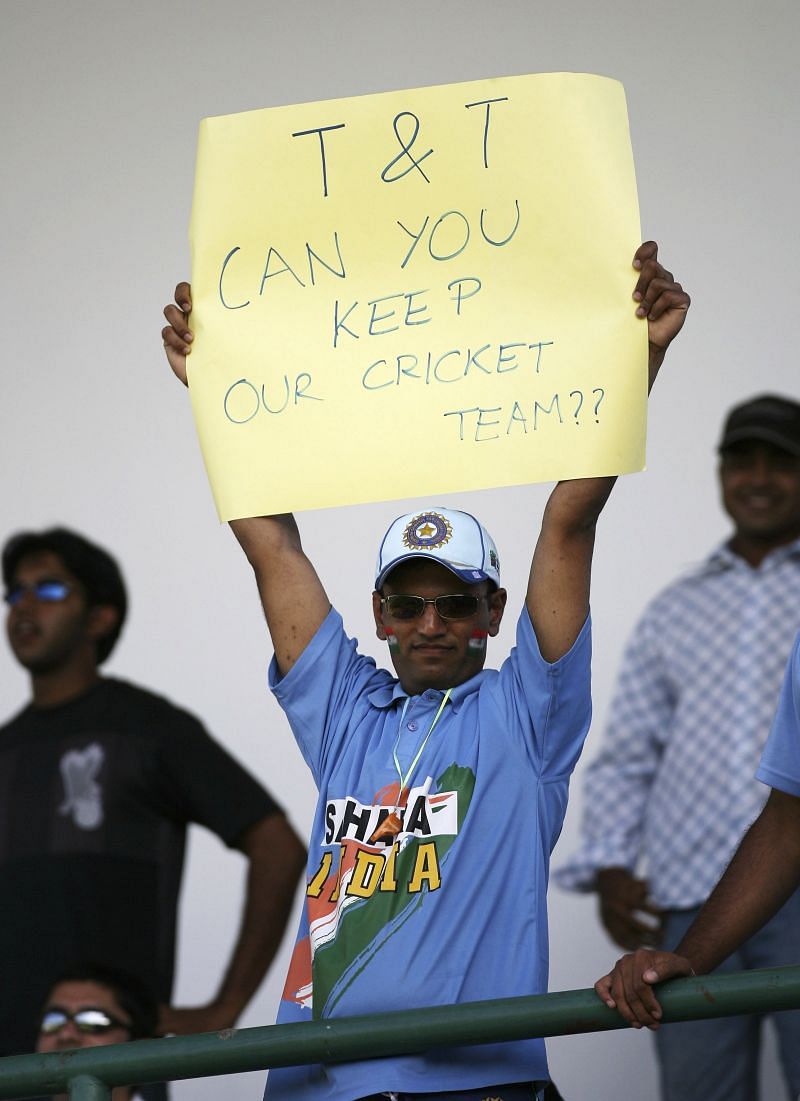
First of all, the team boasted low morale after their performance in the World Cup. A lot of media glare and attention went to what was happening behind the scenes. Secondly, even though India had improved significantly as tourists over the previous seven years, they were to take on a very capable English side, led by one of the finest captains of the 21st century.
A new-look side helped India get back into the groove
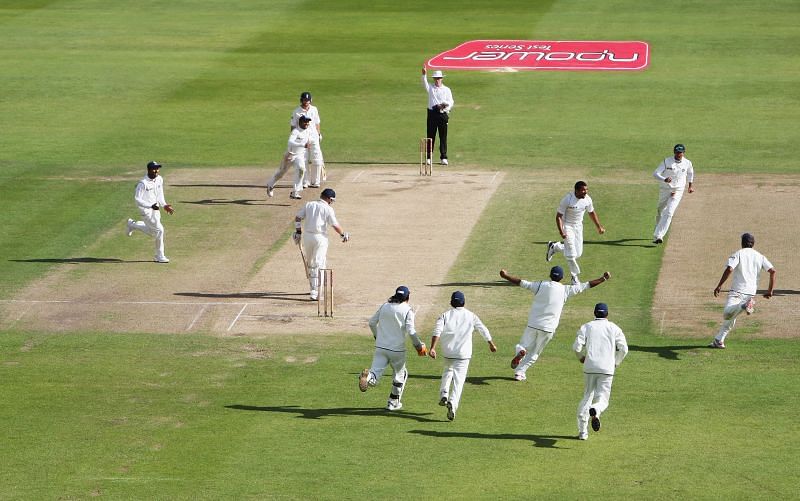
India gained some much-needed confidence ahead of the Pataudi Trophy.
In the Tests against Bangladesh, India found their new opening pair in Wasim Jaffer and Dinesh Karthik. Sachin Tendulkar (254 runs at an average of 127 with 2 centuries) led the batting charts while Sourav Ganguly, Rahul Dravid, Wasim Jaffer and Dinesh Karthik scored a hundred each. India also tried out new bowlers like Ramesh Powar, RP Singh and Ishant Sharma. They won the two-Test series 1-0.
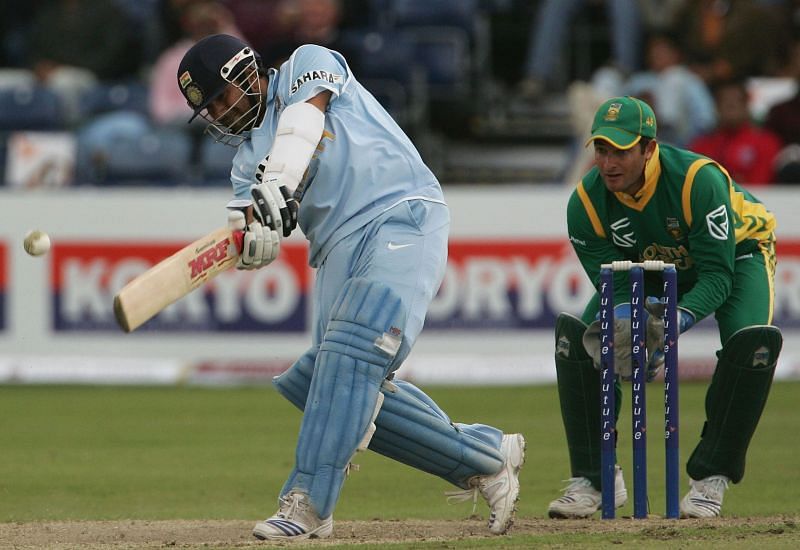
The victory over Bangladesh was followed by a 2-1 win in an ODI series against South Africa in Ireland. India's triumph over South Africa helped them regain some of their lost confidence since the Proteas were a top-flight international side, unlike Bangladesh. Tendulkar was again the leading run-scorer for India.
The Pataudi Trophy
The Indian squad for the Pataudi Trophy had a mix of veterans, youngsters and proven domestic performers. Among the seniors were a host of players who had a point to prove after the tough World Cup.
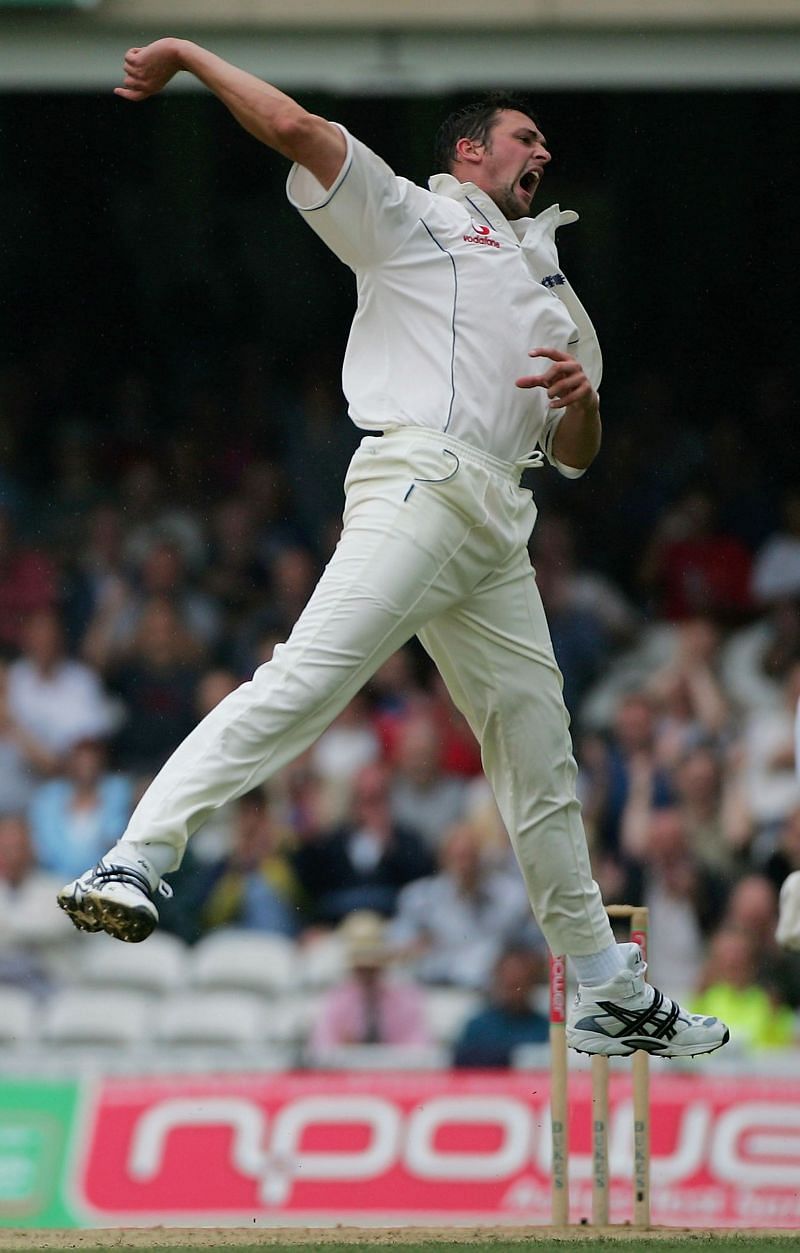
England were missing their key bowlers in Steve Harmison, Matthew Hoggard and Andrew Flintoff. Opener Marcus Trescothick's availability was also doubtful.
Despite the injuries, England possessed a strong batting line-up with Michael Vaughan, Andrew Strauss, Kevin Pietersen, Alastair Cook and Ian Bell in the squad.
India had their task cut out but they were ready for the fight.
The first Test exemplified England's strength and India's resistance. While it was the rain that eventually rescued India, they would have been proud of the way they fought after losing the initiative early in the game. Among the memorable Indian performances were RP Singh's 5/59 in the third innings and MS Dhoni's brilliant 76* on the final day.
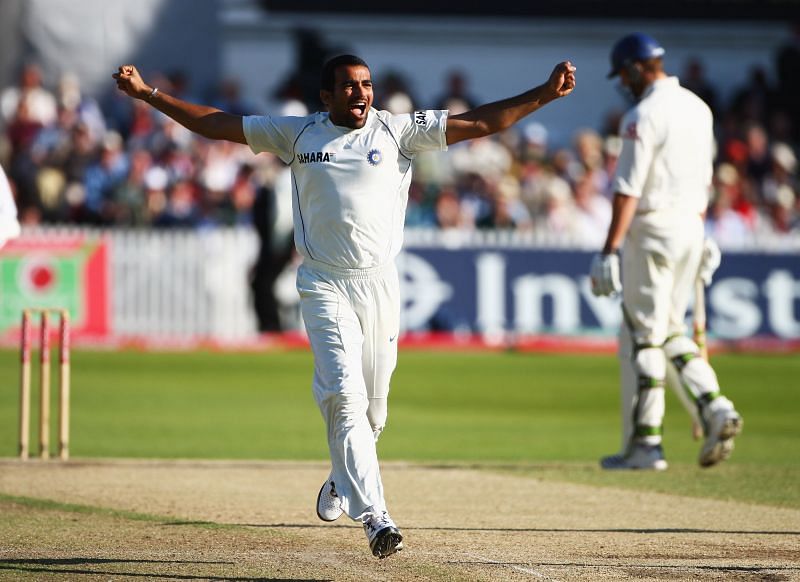
India's save in the first match enthused the team with greater hopes.
Taking advantage of helpful conditions in the second Test, the Indian bowlers restricted England to 198 in the first innings. India batted strongly to get to a total of 481. In the third innings, Zaheer Khan ran through the home team with figures of 5/75 and India eventually won the game by 7 wickets.
With the series scoring in India's favor, the visitors won the toss in the third Test and elected to bat first on a flat wicket at the Oval. India scored a massive total of 664, which pretty much ensured that England were out of the contest. The pitch didn't do too many favors for the bowlers and the game ended in a draw.
The series win in England was India's first in 21 years. It marked the start of a successful phase for the side. Over the next few months, India went on to win the ICC World T20 Championships, a Test series against Pakistan at home, and the 2008 CB Tri-series in Australia.